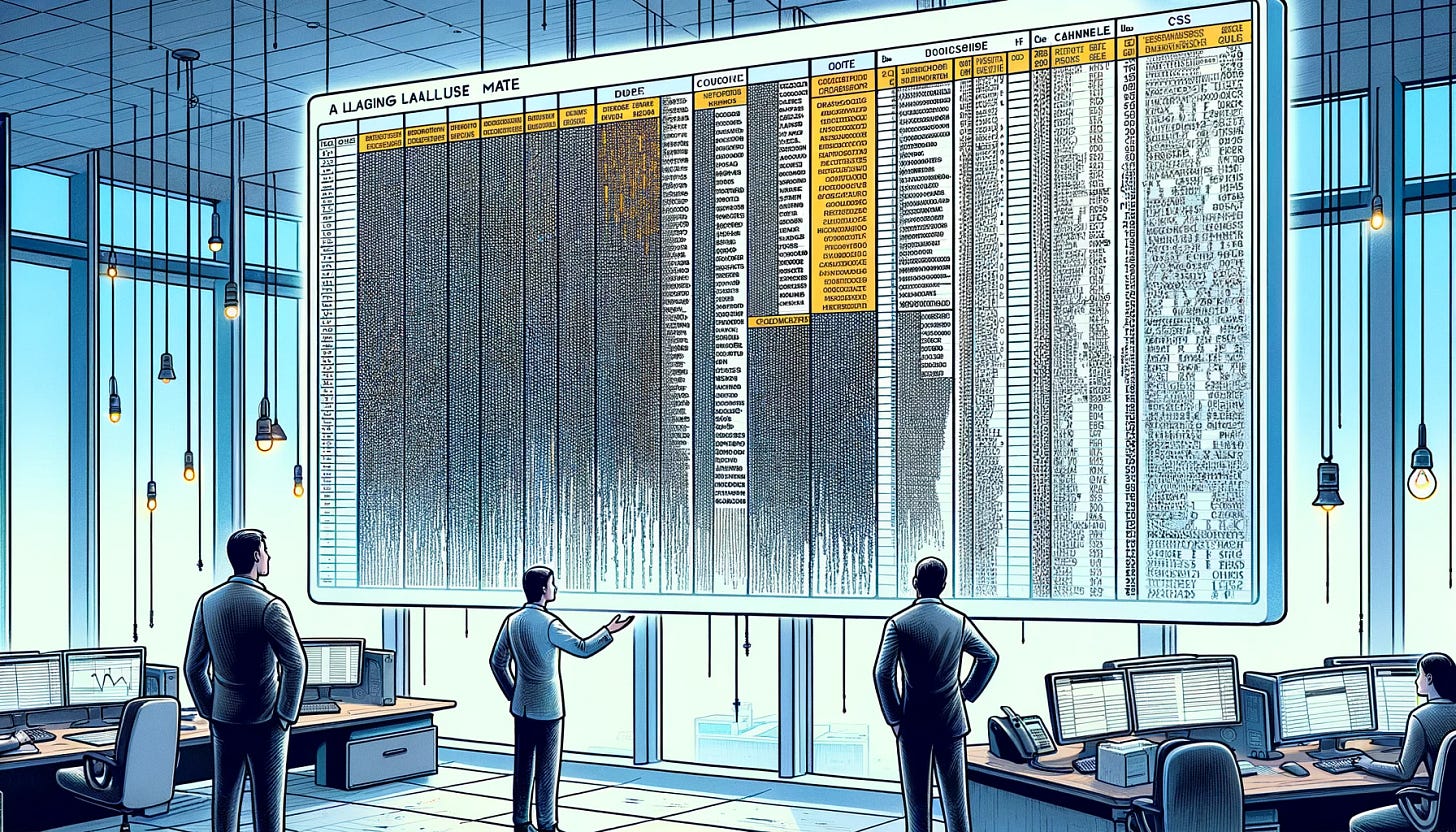Challenges of using LLMs for Analyzing data with CSVs
LLMs have revolutionized the way we interact with and analyze information. However, when it comes to the structured world of tabular data, these powerful models face unique hurdles. While LLMs excel at understanding and generating human language, the rigid structure and lack of context in CSVs present a challenge. Let's explore these challenges and discuss how we can bridge the gap between the structured data within CSVs and the contextual understanding that LLMs thrive on, based on the following mechanisms:
Humanizing Data: The first step is to make the data more digestible for LLMs. Instead of raw numbers and cryptic labels, we need to "humanize" the information. For instance, if a column is labeled "loc", a LLM might struggle to understand its meaning. By renaming it to "participant location" we provide immediate clarity. Similarly, "prod_cat" becomes more informative as "product category." This process of humanizing column names and values helps LLMs grasp the context and relationships within the data.
Extracting Insights with Data-to-Text and RAG: LLMs excel at understanding narratives, but they are not good at performing calculations. By converting complex data into text summaries with data-to-text techniques, we can bridge the gap between structured data and LLM comprehension. For example, instead of presenting raw sales figures, we can use data-to-text techniques to generate summaries like, "Total sales for product A have increased by 20% compared to the previous quarter." This allows the LLM to grasp trends and patterns more effectively. Combining data-to-text with Retrieval Augmented Generation (RAG) further enhances understanding. RAG allows LLMs to access and process information from external sources, such as product descriptions or market reports, adding valuable context to the analysis.
Providing Context and Instructions: To get the most out of LLMs, it is crucial to provide clear instructions and context. For example, instead of simply asking "Analyze the data", we could provide a prompt like "Analyze the sales data for product category X, focusing on trends in different geographical locations. Use the provided market research report and customer reviews for additional context." This level of detail helps the LLM understand the task and deliver more relevant insights.
While challenges exist, the potential of using LLMs for CSV data analysis is great. By combining data preprocessing, contextual enrichment, and supplementary analytical methods, we can empower LLMs to extract valuable insights from even the most complex datasets.





Gracias, habéis citado a los RAG, pero cada nueva versión los LLM tienen más contexto y puede que los RAG pierdan ante la nueva generación como de LLM como la de Google.
Gracias y me encanta vuestro blog.